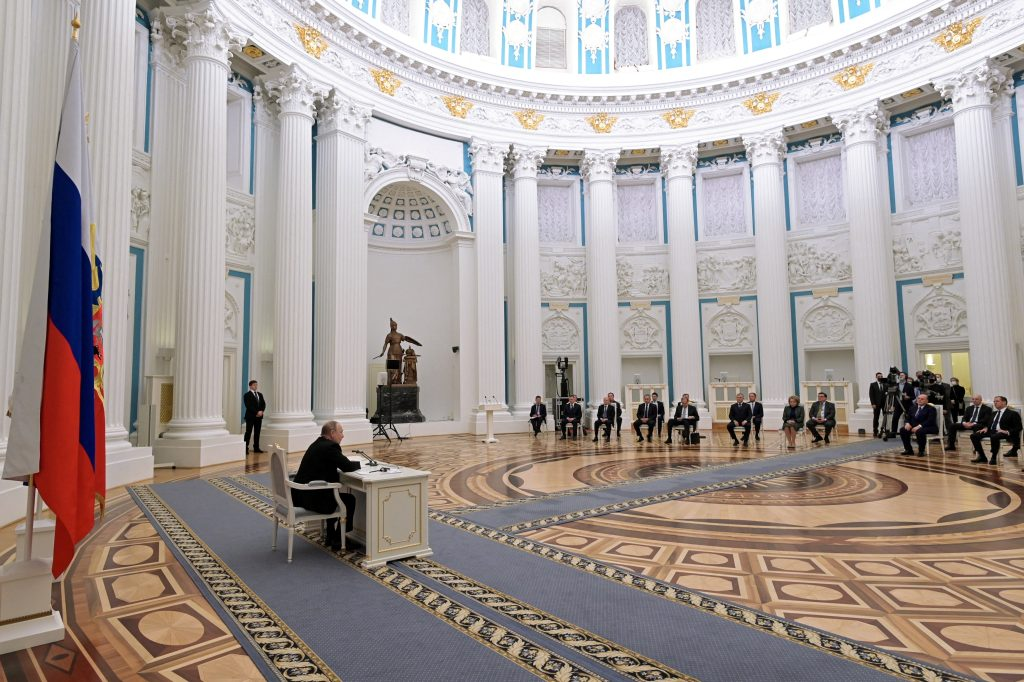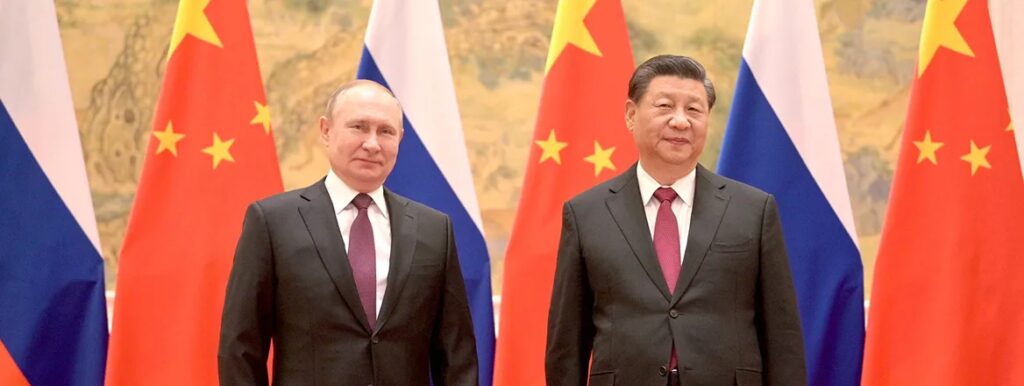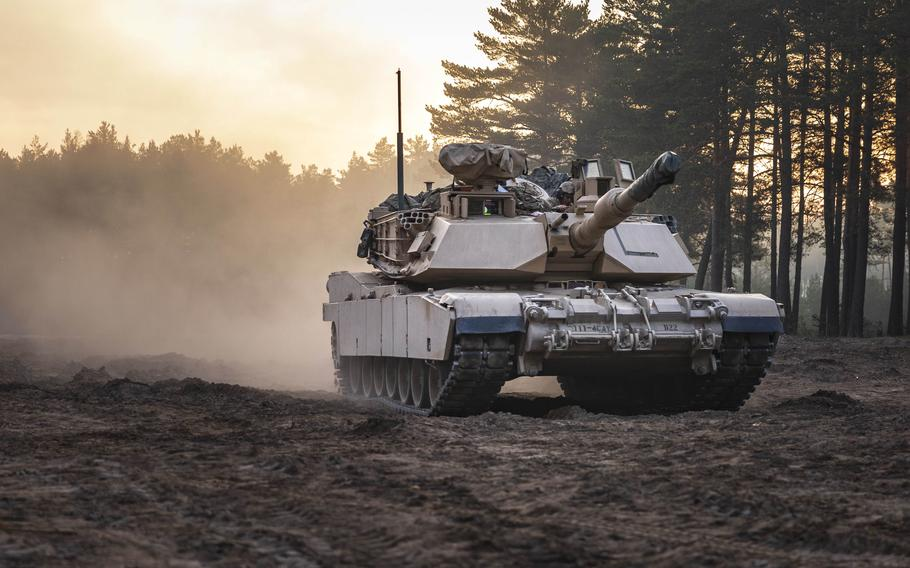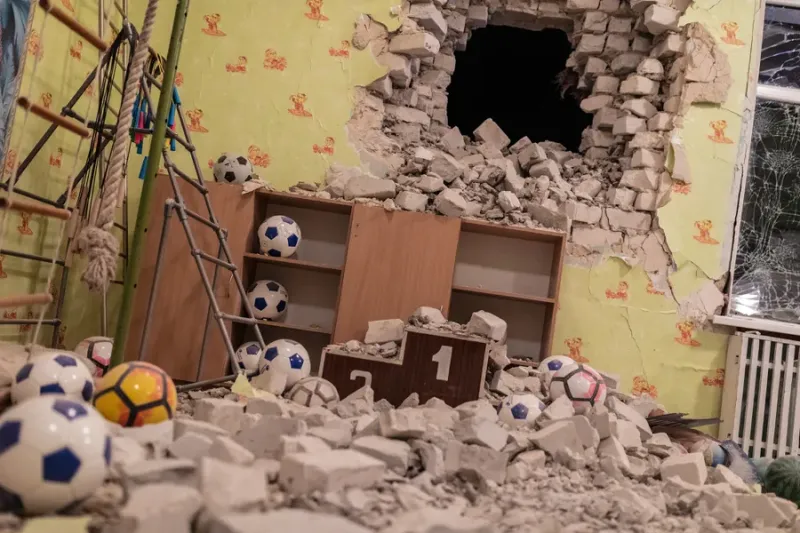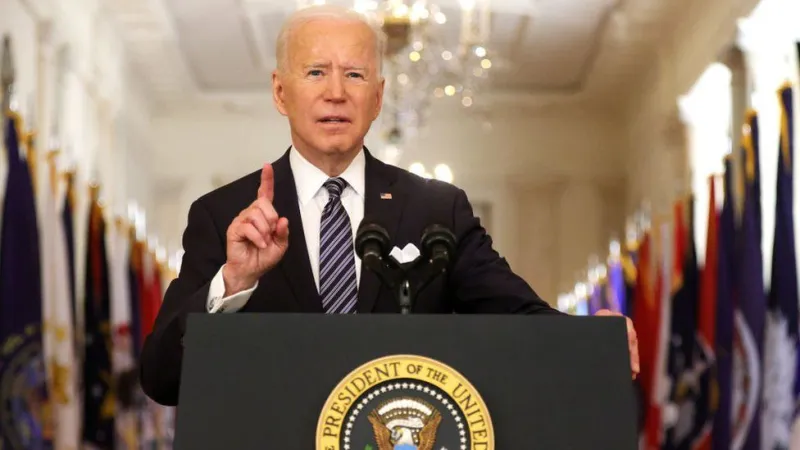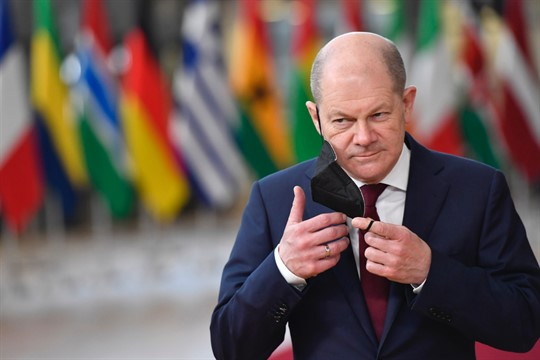Special dispatch from Munich: Putin provokes dread and resolve
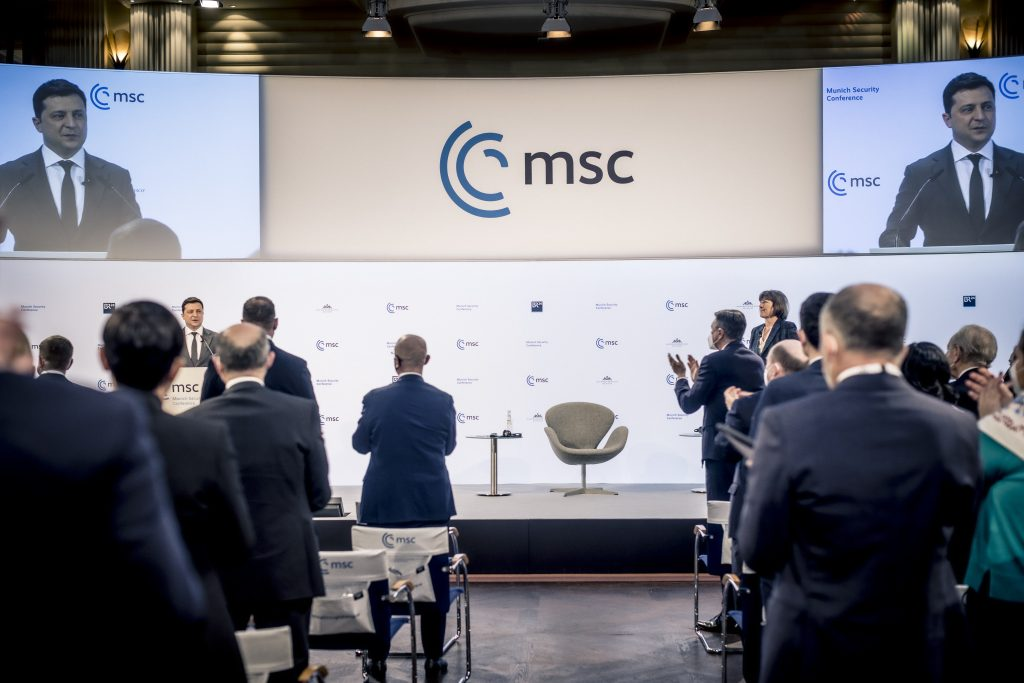
A sense of helplessness and dread hangs in the air over the Western leaders gathered here at the Munich Security Conference as the expectation grows that Russian President Vladimir Putin will unleash a military attack on Ukraine within days, if not hours.

